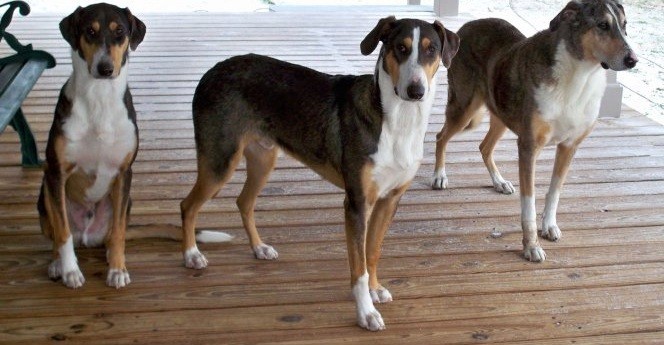Dr. Phillip Dupont is just one of many who has paid $100,000 to get his dog cloned. Would you pay that much to clone your doggie? Keep reading to learn more about the cloning experience:
Two and a half years ago, when Dr. Phillip Dupont was turning 70, he didn’t spend tens of thousands of dollars on an elaborate party or a luxury golf vacation. Instead, he cloned his 10-year-old Doberman-Catahoula mix.
“I don’t have a lot of other hobbies like some of my friends do, but I loved that dog,” he says.
He paid the Sooam Biotech Research Foundation in South Korea more than $100,000 to create a copy of Melvin.It’s expensive and complicated to clone an animal, but the practice is becoming increasingly common. Sooam says it’s produced about 80 dogs for Americans since 2007. And ViaGen, a Texas-based company that previously replicated only horses and livestock, has just jumped into the house-pet-cloning arena to meet the growing demand.
To clone a pet, a tissue sample is taken from the inside of the cheek or the abdomen.
The Duponts took home two clone puppies from Korea in early 2013. Melvin was still alive at that point, and he came face to face with his mini-doppelgängers, named Ken and Harvey, before he passed away around his 12th birthday.It’s not just dog lovers wanting duplicates. Dawn, 53, an interior designer who lives in Newport Beach, Calif., had her prized Siamese cat, Dylan, cloned by ViaGen earlier this year. The kittens were born in September and will come home to Dawn, who declined to give her last name for privacy reasons, in December.
Meanwhile, New Yorker Rick Eisenberg is still debating whether he wants to replace his dog Rusty.
If faced with the devastation of losing your beloved pooch, what would you do? Even if cloning a pet may seem out of the question now, you may find yourself changing your mind down the road. However, as New Yorker Rick Eisenberg addresses in the New York Post article, he feels the money could go to save so many dogs that are in kill shelters. The debate will go on as people continue to decide what to do!
Image Source: New York Post










